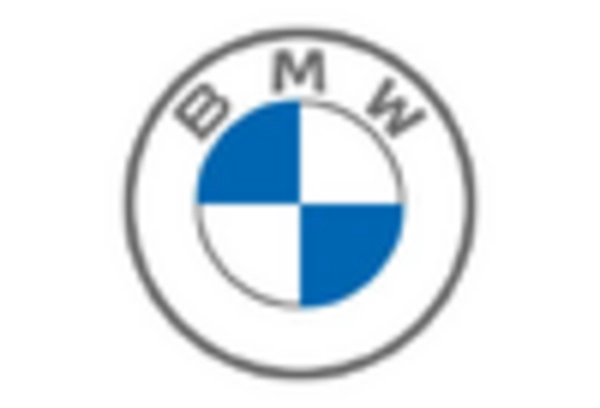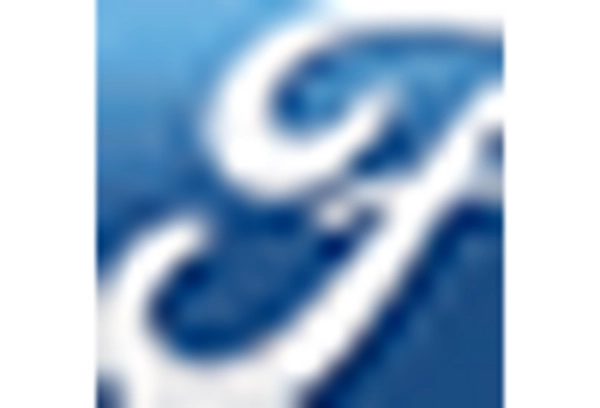The hybrid system-automotive market is currently characterized by intense competition and rapid innovation, driven by a growing consumer demand for fuel-efficient and environmentally friendly vehicles. Major players such as Toyota Motor Corporation (Japan), Ford Motor Company (US), and General Motors Company (US) are at the forefront, each adopting distinct strategies to enhance their market positioning. Toyota, known for its pioneering hybrid technology, continues to focus on expanding its hybrid lineup while investing heavily in research and development to improve battery efficiency. Ford, on the other hand, is emphasizing its electric vehicle (EV) transition, integrating hybrid systems into its broader electrification strategy, which includes significant investments in EV infrastructure. General Motors is also aligning its operations towards sustainability, aiming for a fully electric future while maintaining a robust hybrid offering, thus shaping a competitive landscape that prioritizes innovation and environmental responsibility.
Key business tactics within this market include localizing manufacturing and optimizing supply chains to enhance efficiency and reduce costs. The competitive structure appears moderately fragmented, with several key players vying for market share. This fragmentation allows for diverse strategies, as companies leverage their unique strengths to capture consumer interest. The collective influence of these major players fosters a dynamic environment where innovation and strategic partnerships are essential for success.
In October 2025, Ford Motor Company (US) announced a partnership with a leading battery technology firm to develop next-generation hybrid batteries. This strategic move is likely to enhance Ford's competitive edge by improving battery performance and reducing costs, thereby accelerating the adoption of its hybrid models. Such collaborations are indicative of a broader trend where automakers seek to integrate advanced technologies to meet evolving consumer expectations.
In September 2025, General Motors Company (US) unveiled its latest hybrid SUV, which features an innovative energy management system designed to optimize fuel efficiency. This launch not only reinforces GM's commitment to hybrid technology but also positions the company to capture a larger share of the growing SUV market segment. The introduction of such vehicles reflects a strategic focus on consumer preferences for larger, more versatile vehicles that still offer hybrid capabilities.
In August 2025, Toyota Motor Corporation (Japan) expanded its hybrid offerings by introducing a new model that incorporates advanced AI for enhanced driving efficiency. This development underscores Toyota's commitment to integrating cutting-edge technology into its vehicles, potentially setting a new standard for hybrid performance. The emphasis on AI integration suggests a shift towards smarter, more connected vehicles that appeal to tech-savvy consumers.
As of November 2025, current competitive trends in the hybrid system-automotive market are increasingly defined by digitalization, sustainability, and the integration of artificial intelligence. Strategic alliances among key players are shaping the landscape, fostering innovation and enhancing product offerings. Looking ahead, competitive differentiation is likely to evolve from traditional price-based competition to a focus on technological advancements, supply chain reliability, and sustainable practices. This shift indicates that companies must prioritize innovation and efficiency to maintain their competitive edge in a rapidly changing market.

















Leave a Comment